Investigate & observe the density of a carrot, salt water, and regular water. Watch the magic carrot in action in this easy salt water density activity for kids!
After exploring the Science Behind sensory bottles, my kids were interested in learning how to change the density of water.
We explored water using a rock and wood to find out that just because something is heavier doesn’t mean that it sinks in water (like a piece wood). Density is the measure of mass divided by volume.
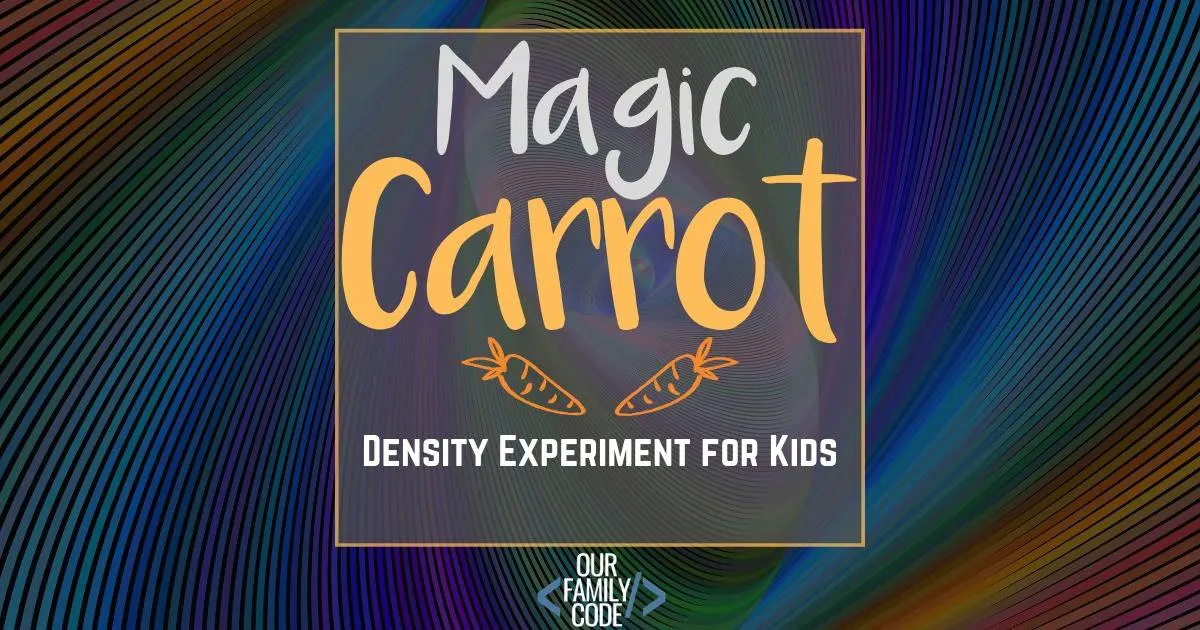
We decided to test out some vegetables to see what happened when we placed them in water. We discussed our observations of the density of each of our vegetables.
Then, we moved on to see how we could change the density of water using salt while using our veggies as a visual indicator of the density of the water in our glass.
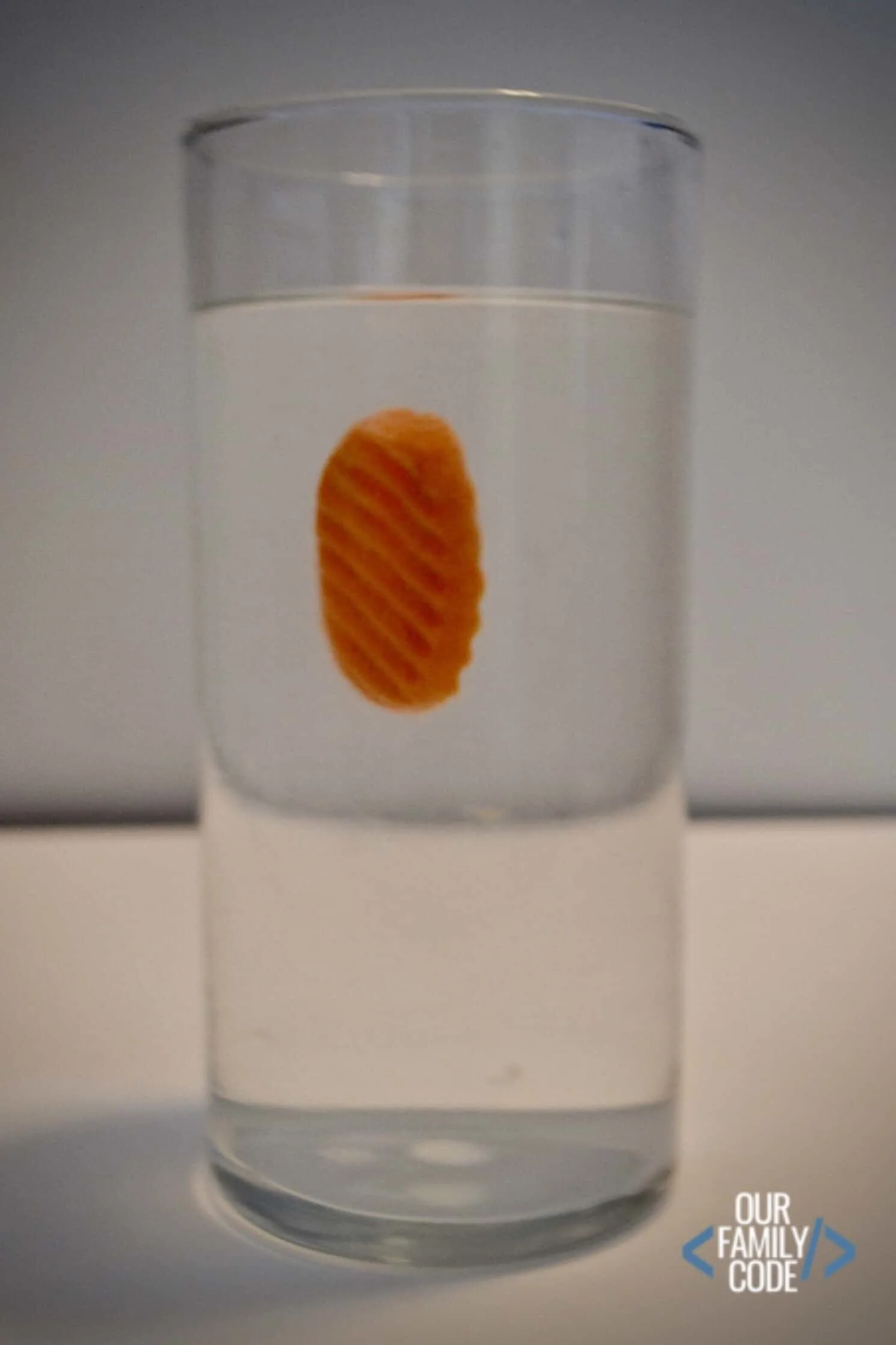
Salt Water Experiment Learning Outcomes
The goal of this activity is for kids to draw conclusions about the density of objects based on whether an object floats or sinks in different liquids.
Kids should be able to determine whether you can change the density of a liquid by adding material.
Finally, after participating in this activity, kids should be able to observe and compare the density of a carrot compared to fresh water and salt water.
This post contains affiliate links. As an Amazon Associate, Our Family Code earns from qualifying purchases. Please see our Disclosure Policy for more details.
Why STEAM Activities?
STEAM is the abbreviation for Science, Technology, Engineering, Art, and Math.
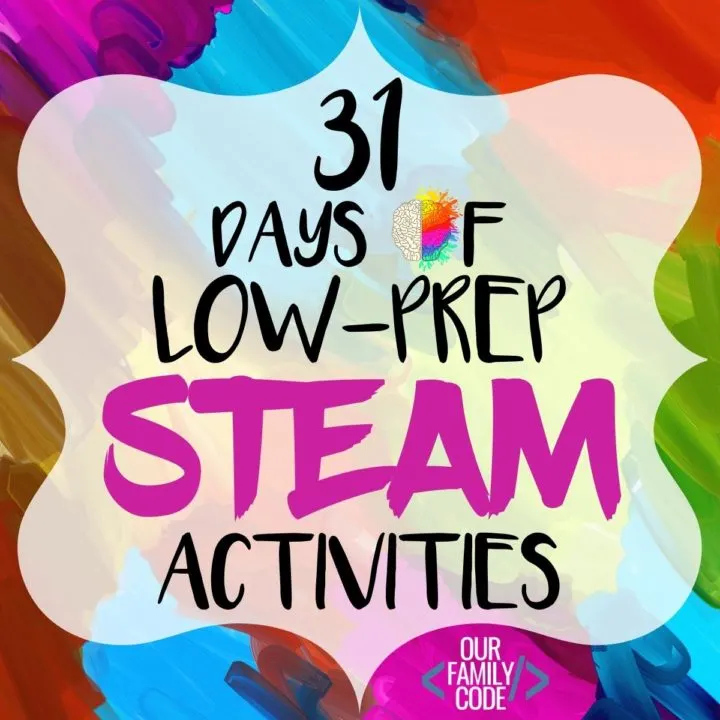
STEAM, like STEM, is an integrated approach to learning that encourages learners to make connections between the concepts they are learning and how they apply them to real-world problems.
STEAM helps students ask questions, problem solve, think creatively, and produce innovative solutions. Many schools have adopted STEAM learning activities into their curriculum, but it’s never too early to start building critical thinking skills.
We love to learn through play at our house and have a blast doing activities for toddlers all the way to tweens!
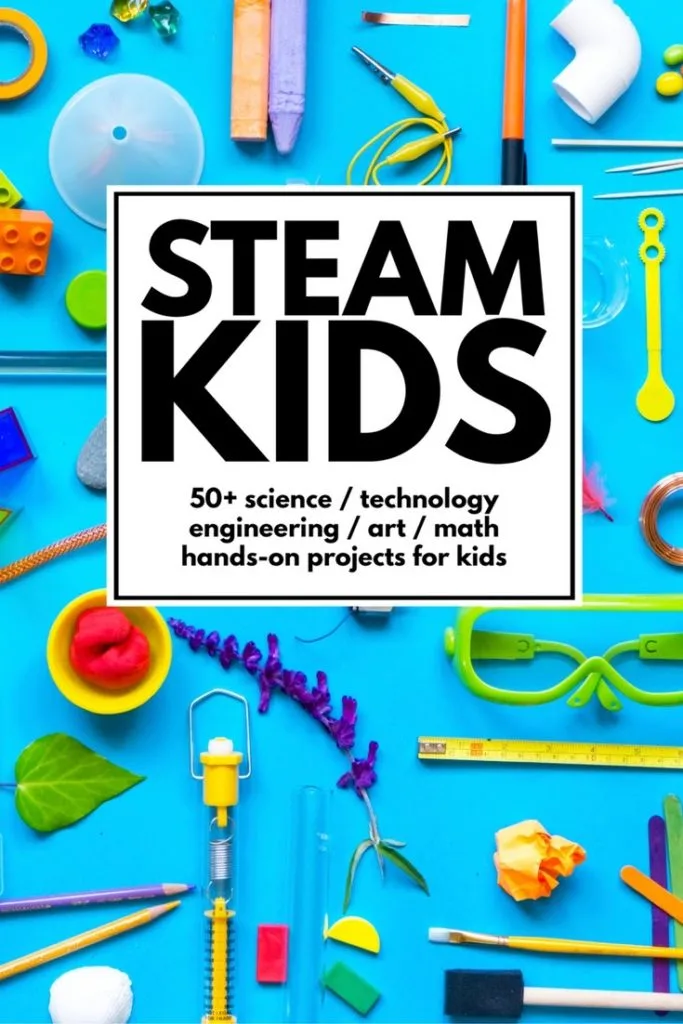
Looking for some more hands-on activities that incorporate Science, Technology, Engineering, Art, and Math (STEAM)? Then you have to check out STEAM Kids!
This book features more than 50 hands-on activities that are organized into easy to implement categories, so you know exactly what concepts your kids are learning!
Grab your copy from Amazon today or get instant access to this great book by purchasing a downloadable PDF!
Key Density Terms
Volume is the measure of the amount of space an object takes up and density is a measure of the amount of mass in a certain volume.
Weight is a measure of the force of gravity on an object of a certain mass and mass is a measure of the amount of matter in an object.
Questions to Discuss During Your Saltwater Density Activity
- Does the size of an object always determine its mass?
- Do you have a small object that has more mass than you expected?
- Do you have a large object that has less mass than you thought?
Supplies You Need for this Density Activity
- Large glass
- Water
- Small Carrot (We used pre-sliced carrots.)
- Salt (We recommend Morton Canning & Pickling Salt, because it is pure salt and regular table salt can make your water a little cloudy.)
Hovering Carrot Salt Water Density Experiment
Observe the Density of Fresh Water
Fill your large glass with water. Place the carrot in the water.
The carrot sinks in water. What does this tell you about the density of the carrot compared to the density of the fresh water? Discuss observations.
Observe the Density of Salt Water
Add 1 spoonful of salt to the water and stir. The carrot should start to rise. Continue to add salt and stirring until the carrot floats on the water.
If the carrot sinks in fresh water and floats in salt water, what does this tell you about the density of the carrot compared to the density of the salt water?
Discuss how the salt must increase the density of the water.
Add fresh water to the glass until the carrot hovers in the middle of the glass. What does this tell you about the density of the carrot and the density of water?
The Science Behind the Floating Carrot
The carrot sinks in fresh water and the carrot floats in salt water. The carrot hovers in the middle of the salt water glass when the density of the salt water and the density of the carrot are about the same!
Because the carrot sinks in fresh water, the carrot must be more dense than fresh water. Since the carrot floats in salt water, the carrot must be less dense than salt water. How neat!
Want to connect this density activity with other STEAM buckets?
Check out these STEAM extensions!
Science
This project is primarily science focused. Take it further and explore the science behind sensory bottles with another density experiment! Try other vegetables and make observations. Compare your findings to the carrot.
Art
Check out the science behind sensory bottles project and design your own sensory bottle!
Math
Measure the amount of salt that you add into your water and calculate how much salt it takes to make your carrot float. Break your floating carrot in half and place a piece back in your salt water. What happens? Why do you think this happens?
Some Books to Read with Your Saltwater Density Activity
We love incorporating books into our activities. Here are some great books about science to read with your activity!
- The Everything Kids’ Science Experiments Book by Tom Robinson
- Ada Twist, Scientist by Andrea Beaty
- Let’s Try It Out in the Water by Seymour Simon
31 Days of Low-Prep STEAM Activities for Kids
This activity is part of our 31 Days of Low-Prep STEAM Activities for Kids. Every activity focuses on each of the buckets of STEAM (Science, Technology, Engineering, Art, & Math) although these integrated projects fit in more than one bucket.
You and your kiddos are going to love all of the activities that we have in store! Visit the 31 Days of Low-Prep STEAM Activity hub and pin it, so you can come back and visit it daily!
If you’d like to receive your activities weekly, you can sign up for our weekly newsletter!
PIN THIS IMAGE TO SHARE THIS LOW-PREP STEAM ACTIVITY!
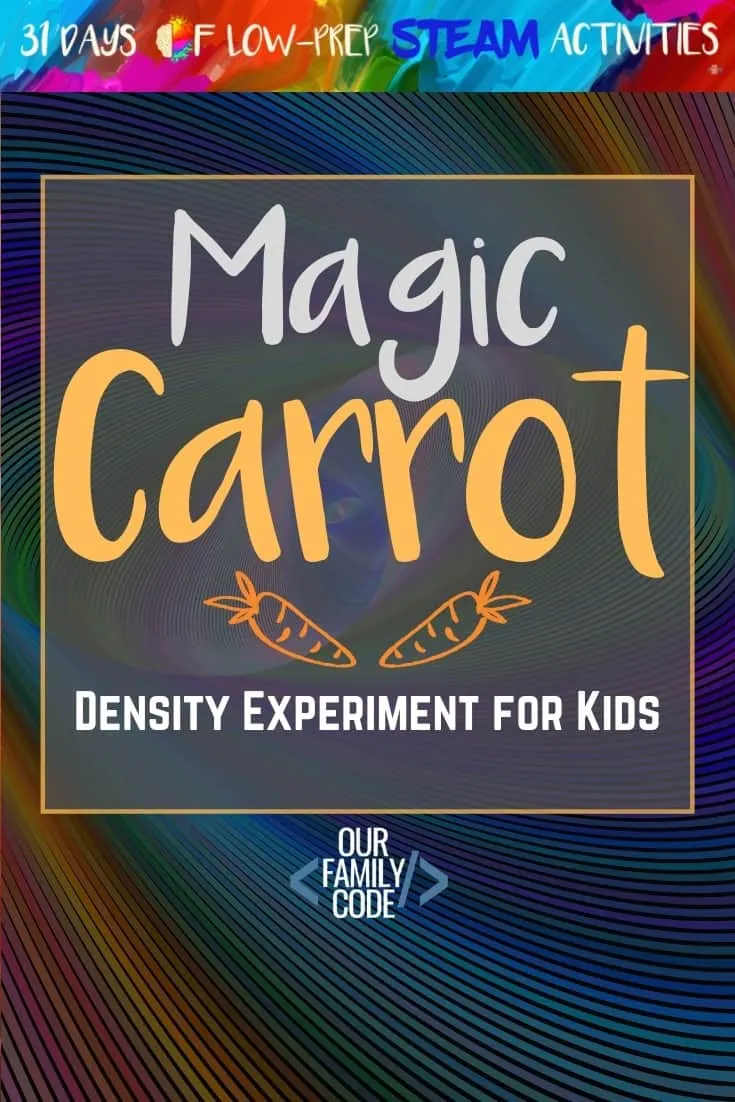
Food Science Activities
Find more activities that use food to explore Science, Technology, Engineering, Art, and Math!
STEAM Food Activities for Kids
You and your kids are going to love these STEAM food activities for kids! Kids loves to bake, which is why is makes sense to take their baking curiosity and explore food through hands-on science, technology, engineering, art, and math activities.
Learn the Science of Mummification with Apple Mummies
Learn about mummification by making apple mummies with the Ancient Egypt science experiment and explore the Magic Tree House Mummies in the Morning book!
Pumpkin Balance Stack STEAM Challenge
This pumpkin balance activity is great for kids of all ages! Can you complete the Balancing Pumpkins STEAM Challenge? How many pumpkins can you stack?
Popcorn STEAM: Learn about Heat Transfer
This heat transfer popcorn STEAM activity explores conduction, convection, and radiation as well as physical change and ends with tasty popcorn!!
Exploding Pumpkin STEAM Challenge: 4 Explosive Pumpkin Activities
Take on the exploding pumpkin STEAM challenge with 4 different ways to explode a pumpkin with chemical reactions and force! These activities are sure to inspire some fall STEAM fun!
Explore the 5 Senses with this Preschool Pumpkin Science Activity
This 5 senses preschool pumpkin science activity introduces scientific inquiry to young learners and helps get everyone excited about Fall!
Is Sour Candy Acidic? Candy pH Science Activity for Kids
In this yummy experiment, we are testing to see if sour candy is acidic with a simple acid-base reaction.
Dancing Cranberries Fall Preschool Science Experiment
Experiment with dancing cranberries with this super simple preschool science activity while observing concepts like floating and sinking.
How to Clean Pennies Chemistry Experiment
Can you turn a dull penny into a pretty penny? Learn how to clean pennies with this at home chemistry experiment!
Meet Toni, the Maker Mom behind Our Family Code

Hey there, I’m Toni! I’m a software engineer and Maker Mom that finds my joy in unleashing my children’s curiosity by exploring STEAM concepts with my fantastic five!
When I’m not chasing toddlers or raising tweens, you can find me tearing things up and putting them back together over here at Our Family Code.
I am the owner and content creator of multiple educational websites designed to increase access to STEAM & STEM education with a focus on teaching computer science and coding to kids of all ages!
You can also find out more about me by visiting ToniGardner.com!
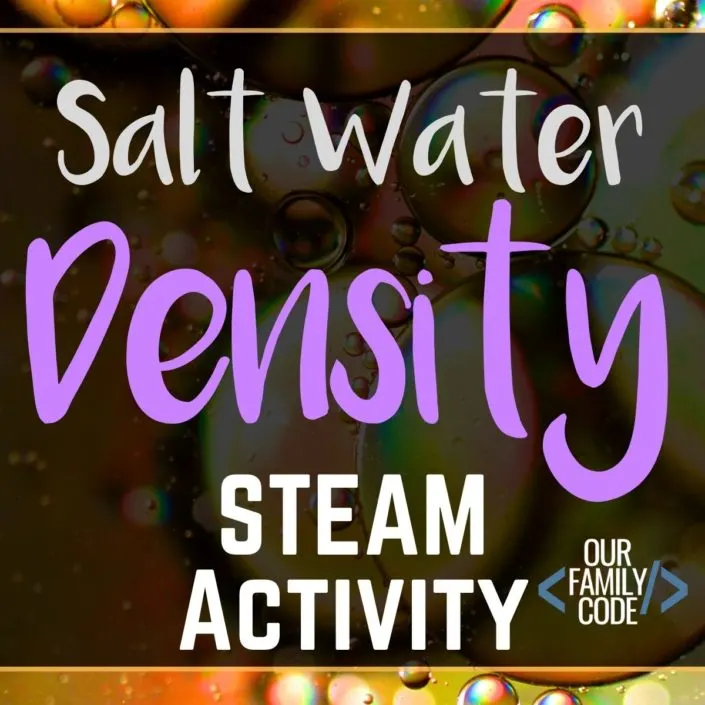
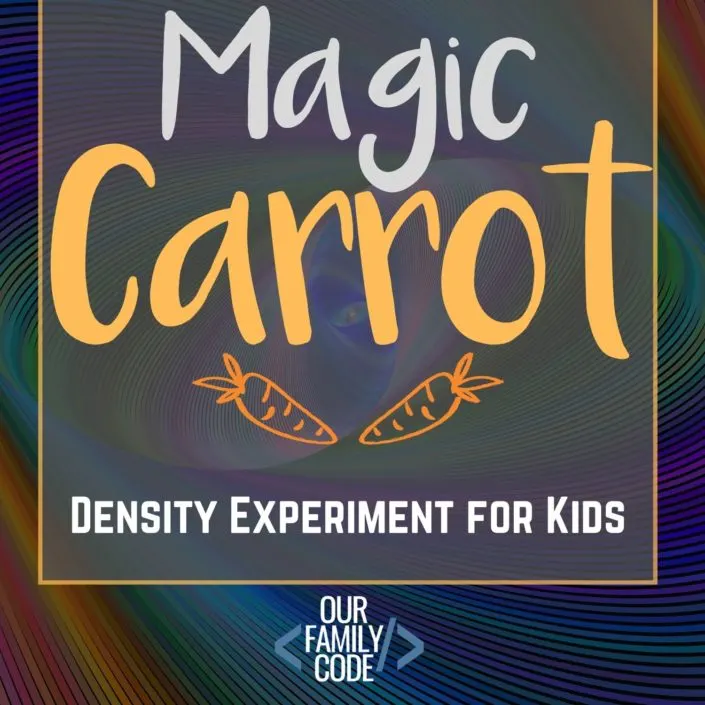
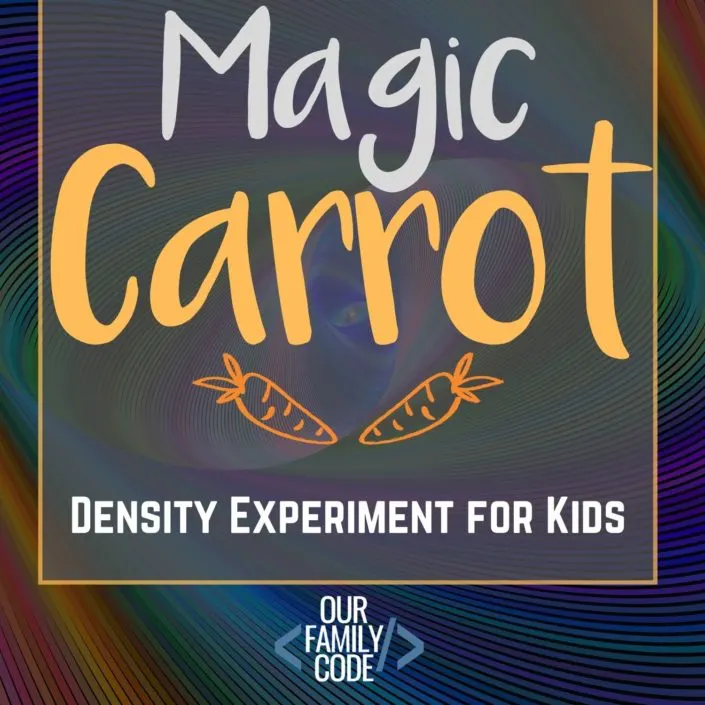
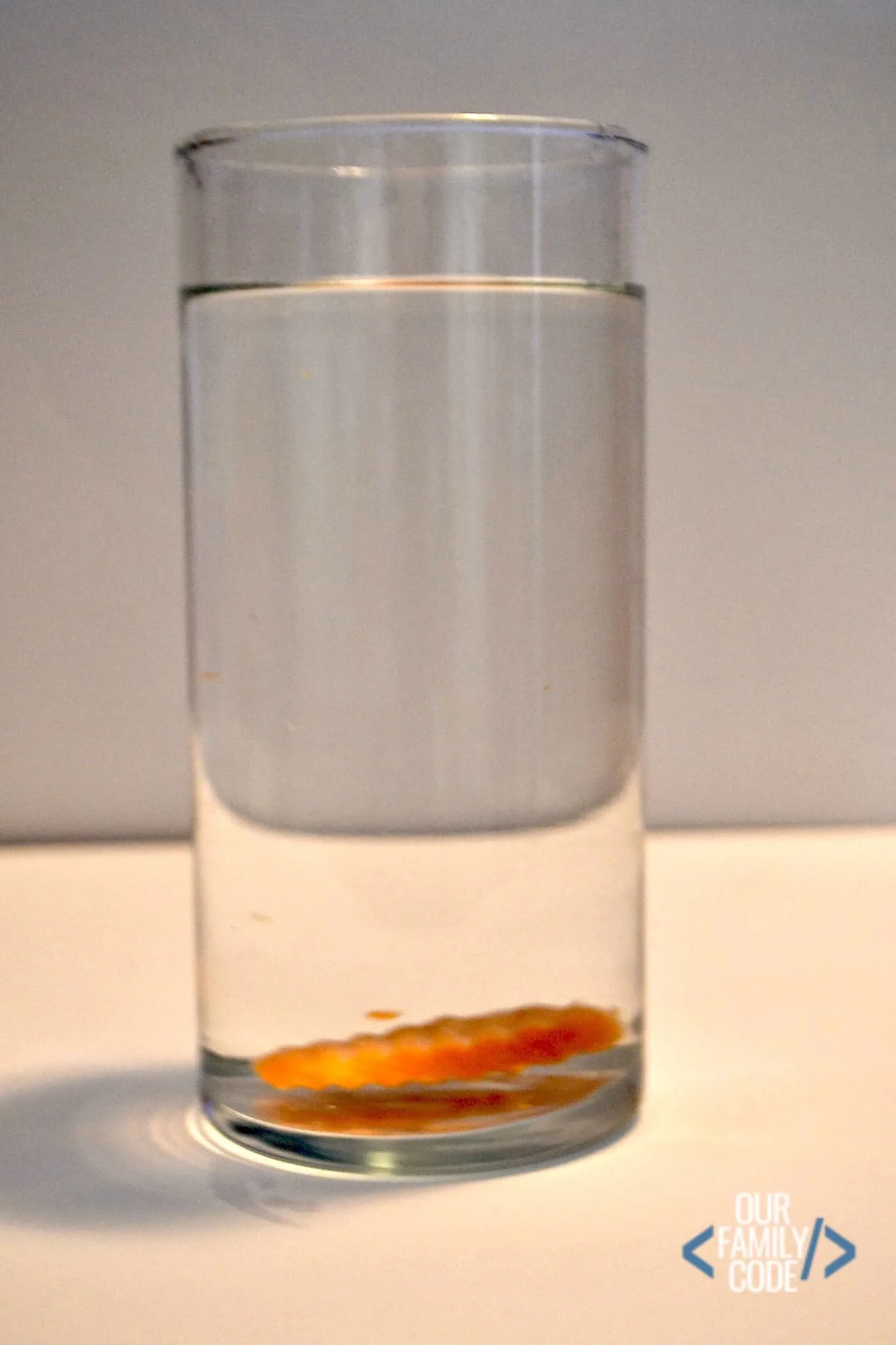
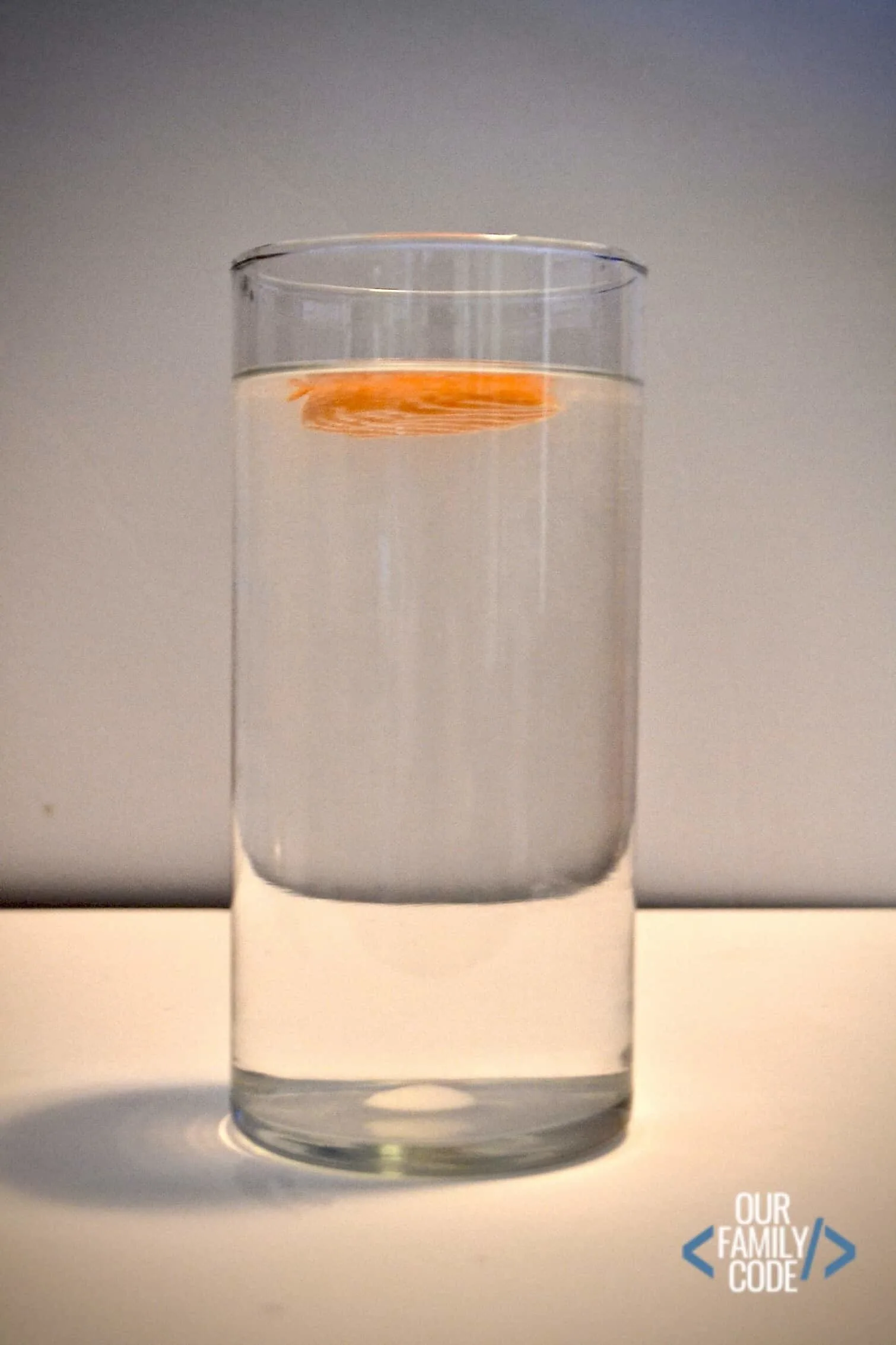
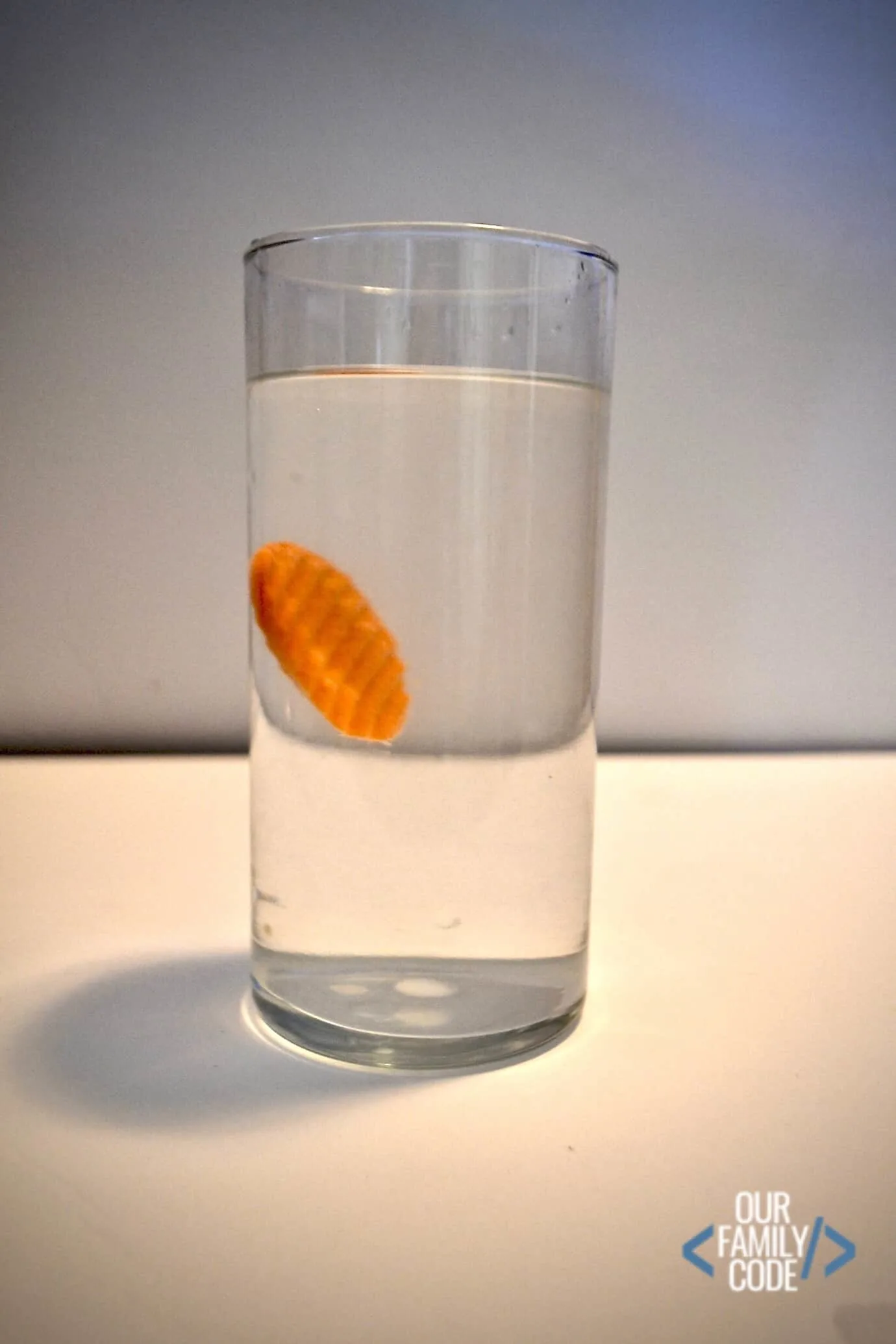
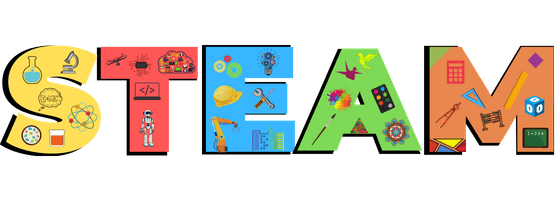

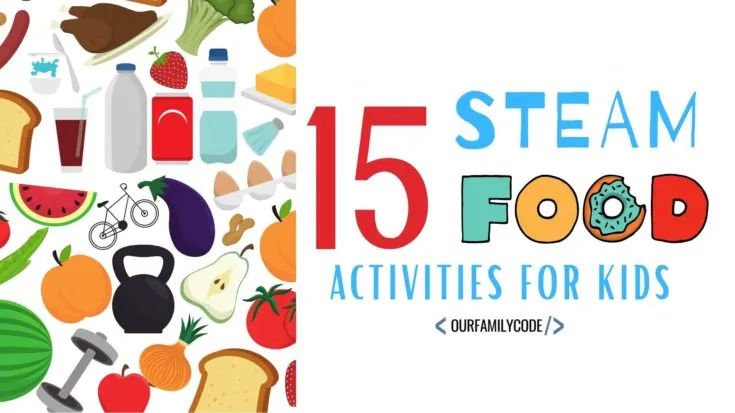
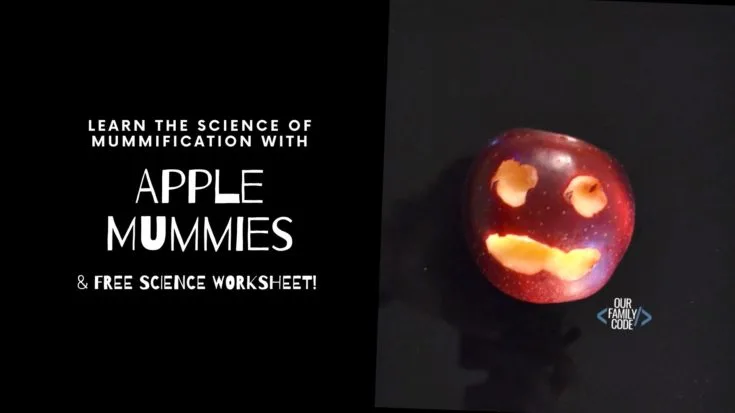
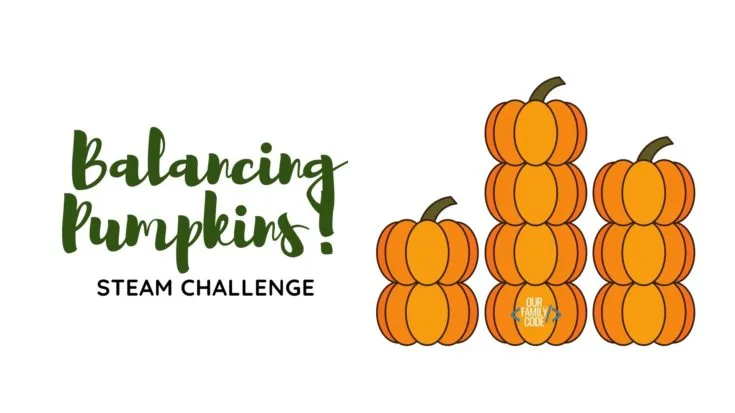
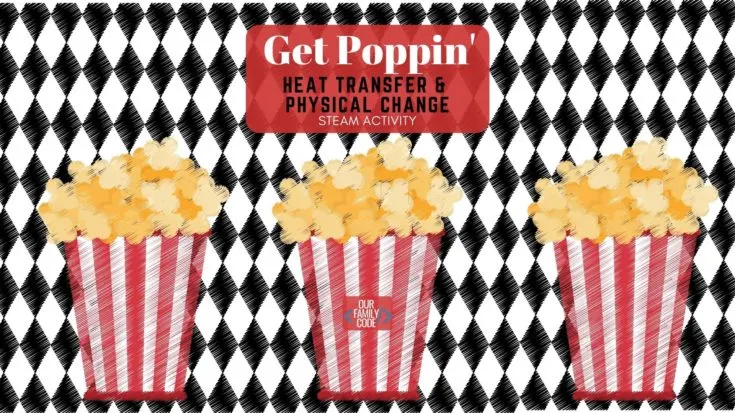
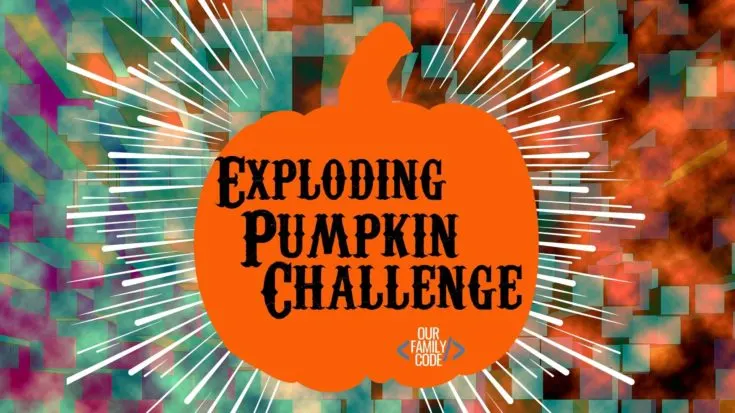

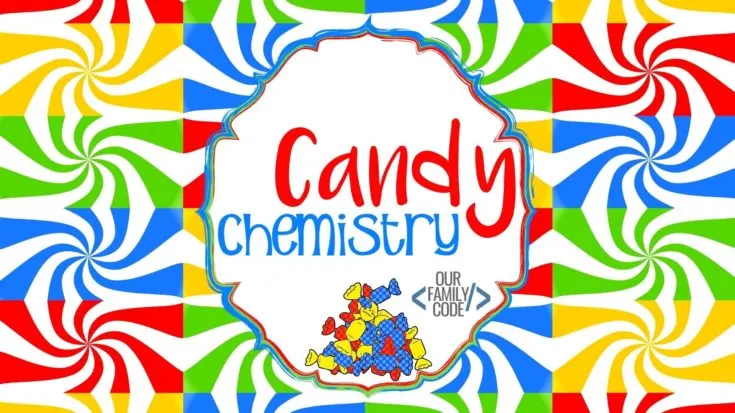

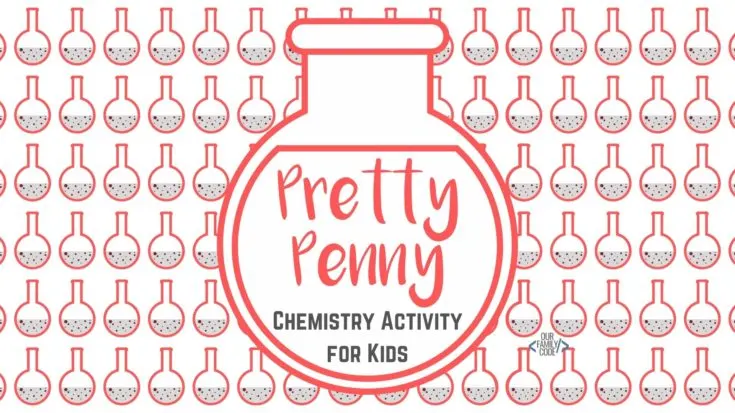
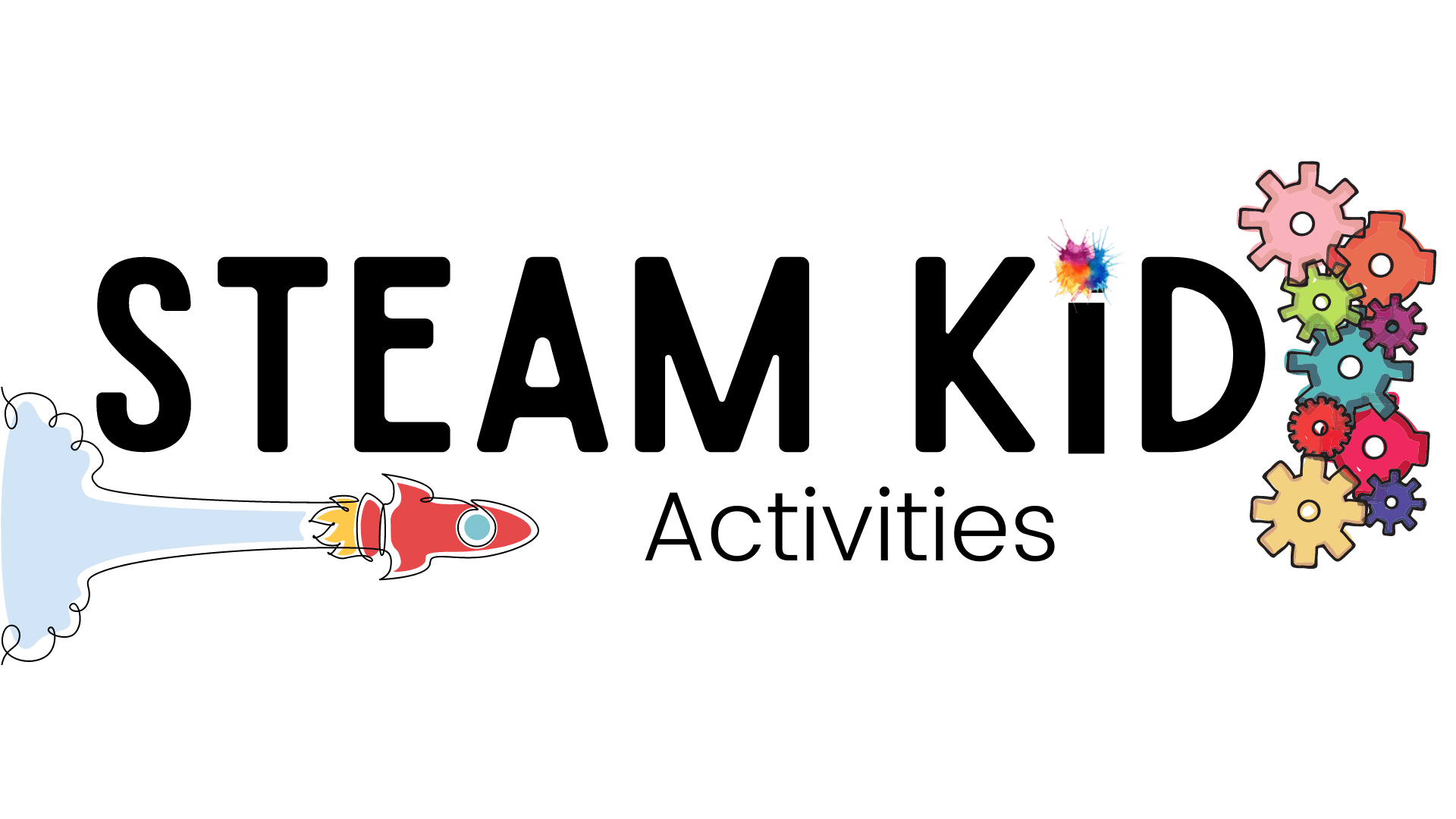

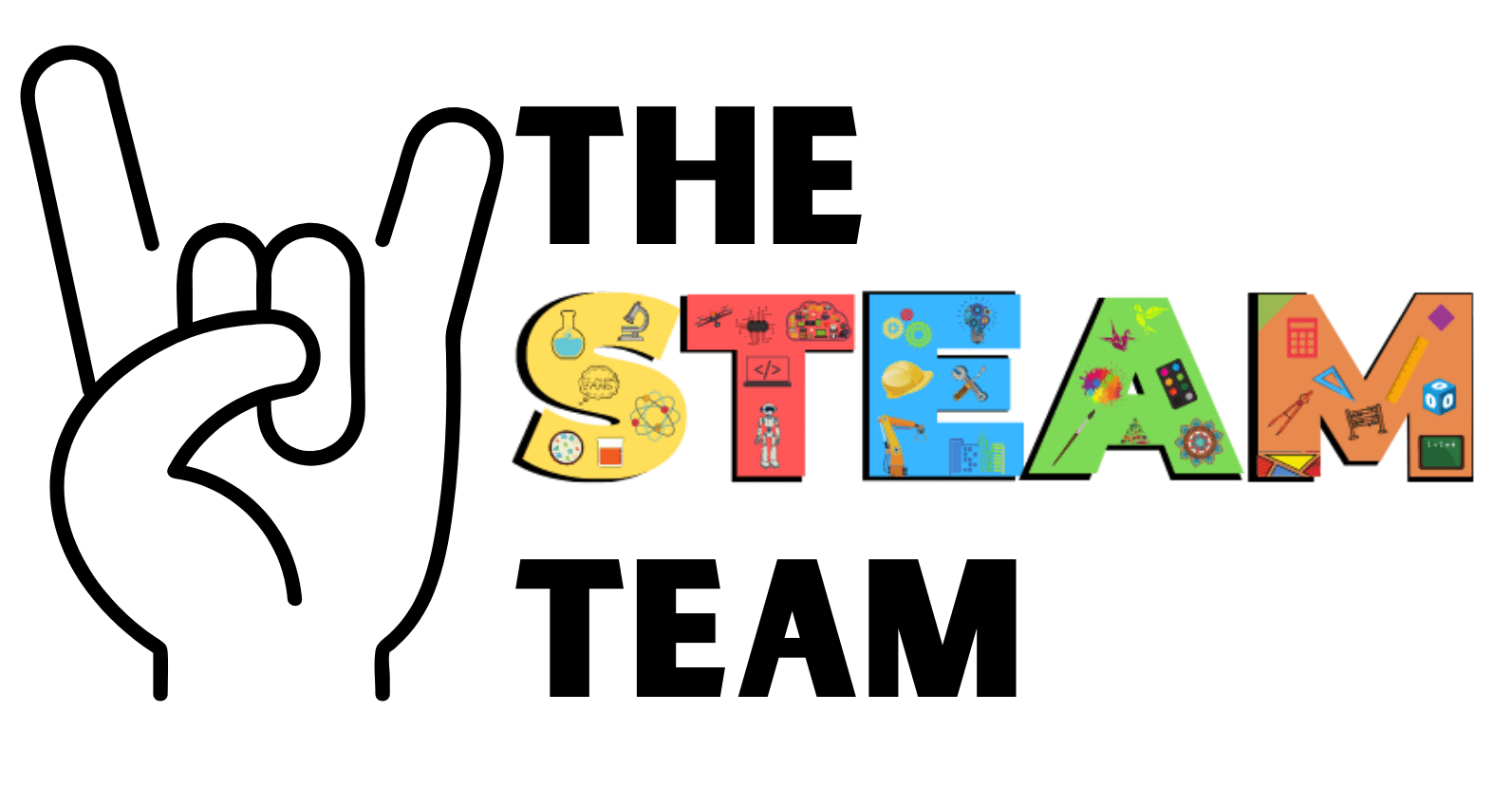



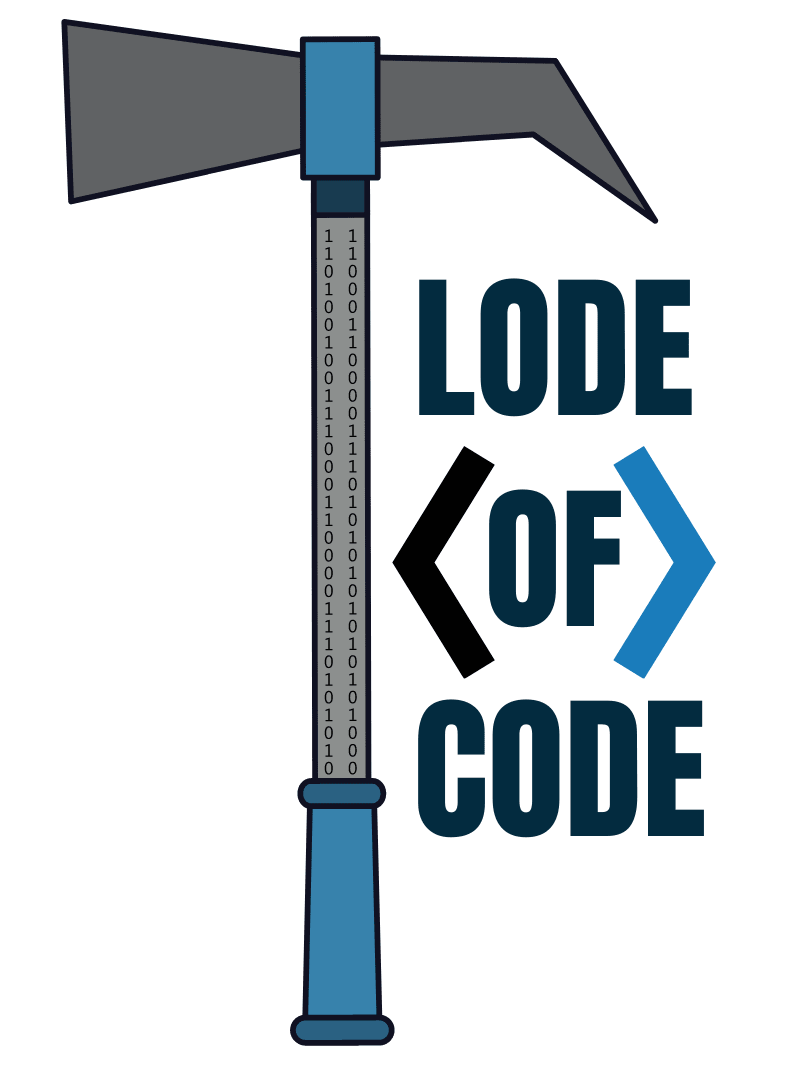
Sarah
Wednesday 10th of October 2018
This is so fun what a great way to learn about density.
teachworkoutlove
Wednesday 10th of October 2018
That looks really cool and really fun!
Julie S.
Tuesday 9th of October 2018
Because science is magic! Another great activity today!